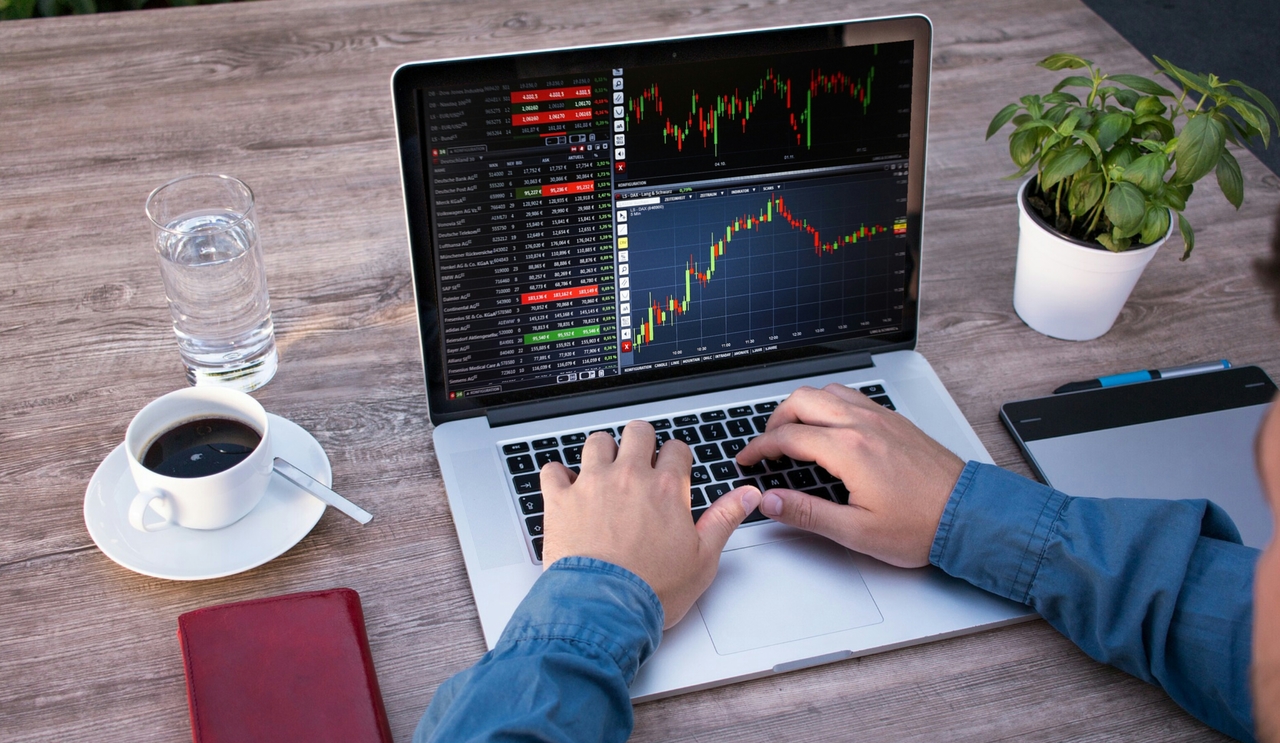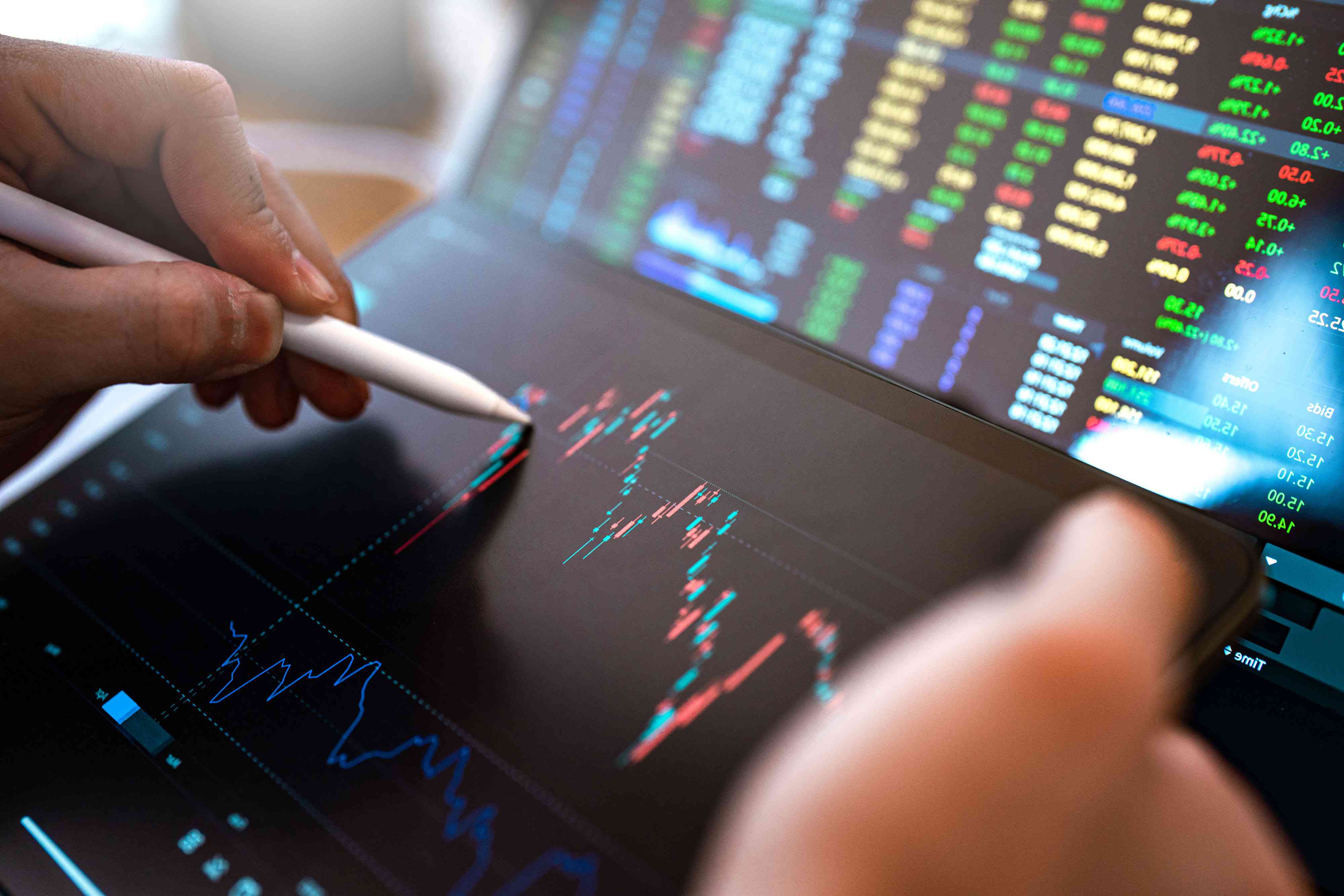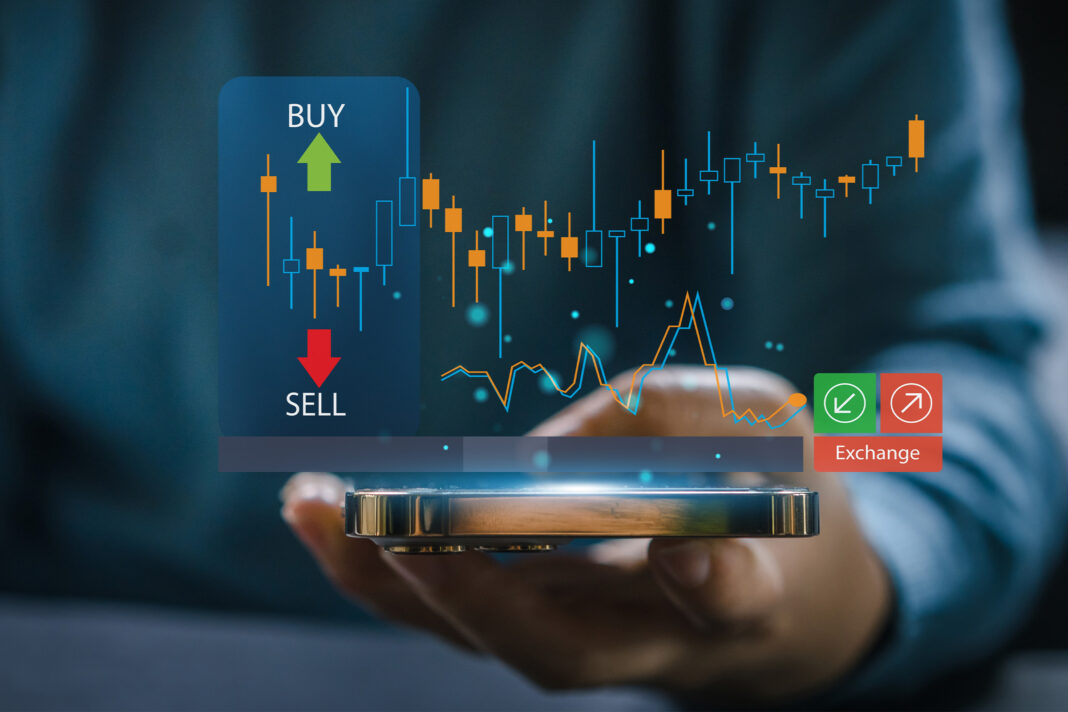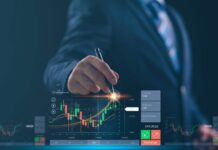In an increasingly complex financial landscape, where global events and market trends can shift in the blink of an eye, the traditional methods of financial education are being called into question. Enter trading simulators—a revolutionary tool that combines technology with the art of investment, providing a dynamic platform for aspiring traders to hone their skills without the inherent risks of real trading.
These immersive environments not only offer users the chance to execute trades and strategies in real-time but also simulate the emotional highs and lows that come with investing real money. As the demand for financial literacy rises, could these digital training grounds be the future of learning in the finance world? The potential impacts on both individual investors and broader financial markets are profound, raising questions about how we educate ourselves in the art of trading and investing, and what this might mean for generations to come.
What Are Trading Simulators? An Overviev

Trading simulators are powerful tools designed to mimic real-world trading environments, allowing aspiring traders to practice their skills without the financial risk involved in actual trading. These platforms provide users with access to virtual markets, where they can buy and sell stocks, options, or cryptocurrencies, all in real-time, using simulated money.
Tools like the dom chart allow traders to visualize market depth and liquidity, helping them make more informed decisions based on real-time order book data. Imagine being able to test your strategies, analyze market trends, and make decisions based on live data, all while honing your techniques in a safe space.
With a mix of educational resources and interactive features, trading simulators not only demystify complex market mechanisms but also cultivate confidence and proficiency in trading. As technology advances and financial literacy becomes more crucial, the role of these simulators in financial education continues to gain prominence, providing a bridge between theory and practice.
The Benefits of Using Trading Simulators in Learning

Trading simulators are revolutionizing the way aspiring investors approach financial education, offering a dynamic and risk-free environment to hone their skills. Imagine stepping into a vibrant arena where you can experiment with diverse trading strategies, from day trading to long-term investments, all without the fear of losing real money. These simulators provide invaluable insights, allowing users to analyze market trends, test their theories, and instantly see the outcomes of their decisions.
Furthermore, the interactive nature of these platforms cultivates a deeper understanding of complex financial instruments, making learning not just informative but also engaging. The ability to simulate real-world scenarios fosters confidence and prepares traders for the exhilarating—and often unpredictable—world of finance.
How Trading Simulators Enhance Practical Skills

Trading simulators serve as a robust platform for enhancing practical skills in an increasingly complex financial landscape. By providing a risk-free environment, they empower users to engage in simulated trading scenarios that mimic real-market conditions.
This hands-on experience allows aspiring traders to develop critical decision-making skills and gain insights into market dynamics, where the stakes are high but the consequences of failure are non-existent. Users can dive into sophisticated strategies, grapple with emotional responses to market fluctuations, and learn to navigate charts and data analysis—all without the financial repercussions of live trading.
As a result, participants emerge better equipped to tackle the unpredictable nature of the markets, fostering a deeper understanding of trading mechanics that traditional theoretical learning simply cannot offer. Ultimately, these simulators bridge the gap between theory and practice, creating a new generation of confident and competent traders.
Conclusion
In conclusion, trading simulators represent a groundbreaking shift in the landscape of financial education, offering learners an interactive and risk-free environment to hone their skills. By engaging in simulated trading experiences, individuals can develop critical thinking and decision-making abilities while familiarizing themselves with market dynamics.
Furthermore, tools like the dom chart enhance this experience by providing real-time insights and a visual representation of order flow, helping traders better understand the complexities of buying and selling. As technology continues to evolve, the integration of trading simulators into educational curriculums will likely pave the way for a new generation of informed investors, making financial literacy more accessible than ever before.
Ultimately, embracing these innovative learning tools could be key to empowering individuals in their financial journeys.







